Liberation route Bergen op Zoom
On this route, you will cycle through the landscape of the Battle of the Scheldt. The rolling hills separated the water-rich Zeeland from Brabant, the province that formed the access route to the Westerschelde for the Allies.
Starting point: from your location
Show all 4 photos
On this route, you will cycle through the landscape of the Battle of the Scheldt. The rolling hills separated the water-rich Zeeland from Brabant, the province that formed the access route to the Westerschelde for the Allies. This river was very important, because it gave access to the port of Antwerp. The Allied Sherman tank and the German tank moat are visible reminders of the battle on this route. As are the memorial graveyards in Bergen op Zoom, where fallen Canadian and British soldiers - as well as other Allied soldiers - found their final resting place.
The Liberation Route Brabant tells the story of the liberation, but also shows what the Second World War was like for ordinary people who lived in Brabant at the time. Eight cycling routes, spread across North Brabant, lead you past the Brabant Remembers stories, the Liberation Route Europe audio columns, monuments and museums. Together they make the impact of the war on North Brabant clear, even all these years later.
-
Signposting Liberation Route Brabant
Follow the signs marked ‘Liberation Route’. These are located below the regular junction signs.

Signposting Liberation Route Brabant
Follow the signs marked ‘Liberation Route’. These are located below the regular junction signs.

-
Hotline routes
Hotline routesIf there is something wrong on the route, report it here.
Sights on this route
Nature Gate Wouwse Plantage
The Nature Gate Wouwse Plantage includes a spacious, carefully designed parking area, a zone arranged for art and an event meadow. From the Nature Gate you can walk or cycle straight into the forest.
Starting point:
Natuurpoort Wouwse PlantagePlantagebaan 227
4725 AC Wouwse Plantage
Navigate to starting point

Nature Gate Wouwse Plantage
Nature Gate Wouwse Plantage
Natuurpoort Wouwse Plantage
Plantagebaan 227
4725 AC Wouwse Plantage
War Monument Huijbergen
With this monument Huijbergen, a village in the municipality of Woensdrecht, commemorates the Second World War and its consequences.
Starting point:
Huijbergen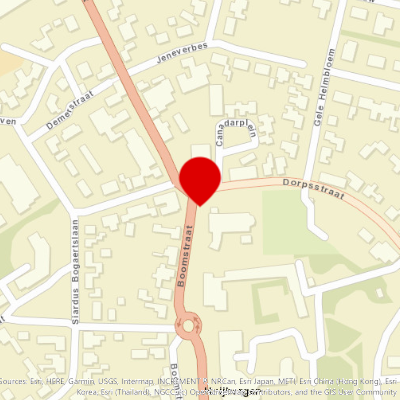
Flakstellung Buitendreef
Around Woensdrecht Air Base the Germans built eight bunkers, specially designed to protect the anti-aircraft guns against enemy air attacks. Flakstellung Buitendreef is one of them.
Starting point:
Huijbergen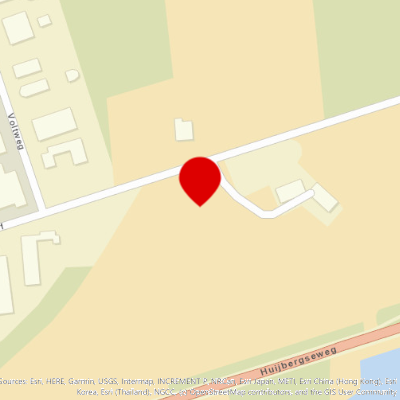
Control Tower in the Kooibos
In the Kooibos near Woensdrecht you will find a replica of a red and white checkered control tower, which served Woensdrecht Air Base in the 1940s.
Starting point:
Hoogerheide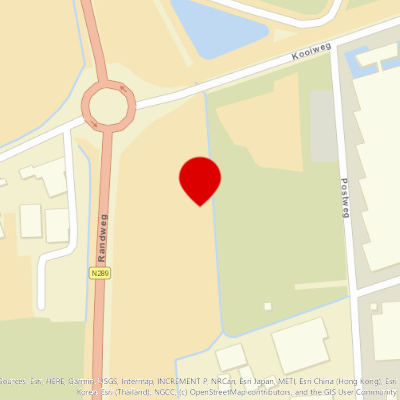
Sherman-tank
At the Onderstal in Woensdrecht you will find an original M4 Sherman tank, which was used here by the Canadians. The tank has stood at this location as a monument since 1978.
Starting point:
Onderstal 394631 NN Woensdrecht

Liberation Monument Woensdrecht
The monument consists of a natural stone statue of a female figure with a wounded soldier.
Starting point:
Hoogerheide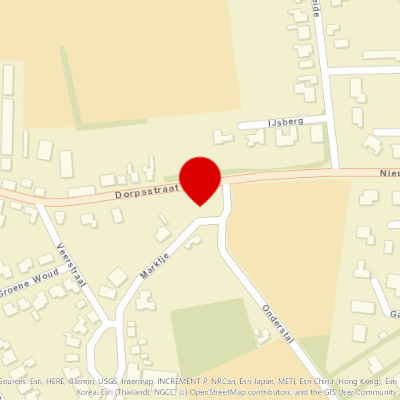
Monument Reconstruction Woensdrecht
The Monument Reconstruction Woensdrecht is a chapel built of brick.
Starting point:
Hoogerheide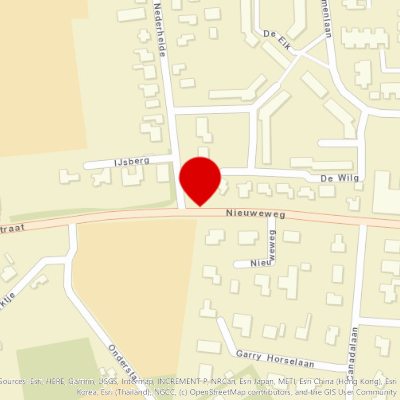
Listening Post – Dramas around the Liberation
After the liberation of Bergen op Zoom on 27 October 1944, the city remained under fire and both soldiers and civilians were still killed. Piet Hoedelmans, then 13 years old, tells about it.
Starting point:
ZoomdamBergen op Zoom
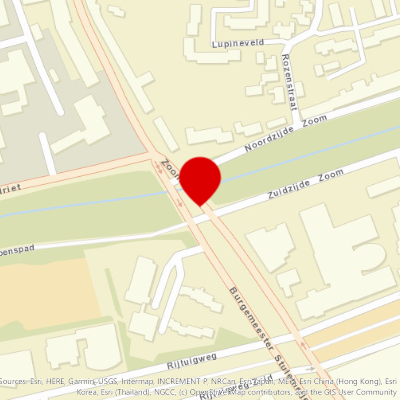
Listening Post – Dramas around the Liberation
Listening Post – Dramas around the Liberation
Zoomdam
Bergen op Zoom
Memorial Anton van Duinkerken
On the Grote Markt square there is a statue of Anton van Duinkerken, pseudonym for Willem Asselbergs. Van Duinkerken was a writer and a leading scholar of Dutch and was considered dangerous by the German occupiers. In 1942 he was held hostage in camp Sint
Starting point:
Grote Markt4611 TN Bergen op Zoom
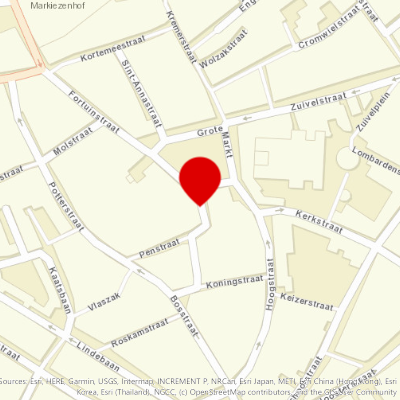
Listening Post – Hell, Bill, let's take this damn'd place
After some hesitation, the Canadians decided on 27 October 1944 to liberate Bergen op Zoom. Kees de Waal, 16 years old and a member of the resistance, went to meet his liberators. He was allowed to show them the way.
Starting point:
CanadalaanBergen op Zoom
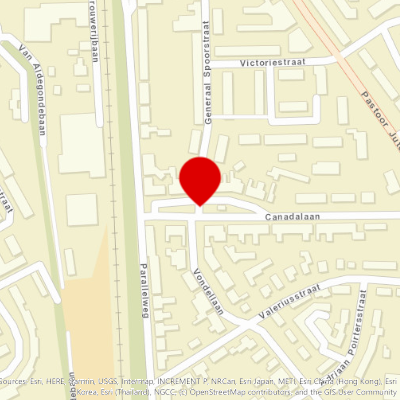
Listening Post – Hell, Bill, let's take this damn'd place
Listening Post – Hell, Bill, let's take this damn'd place
Canadalaan
Bergen op Zoom
War Memorial Bergen op Zoom
At the rear of the St. Gertrude’s Church there is a monument in memory of the Bergen freedom fighters and other war victims of the Second World War.
Starting point:
bergen op zoom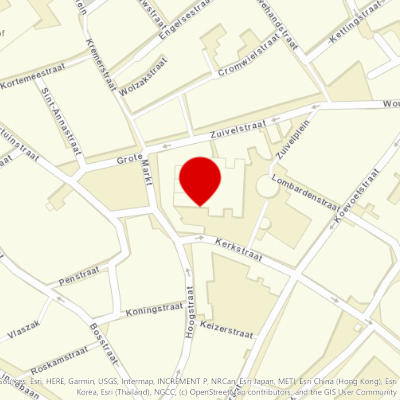
Liberation Monument Bergen op Zoom
The Liberation Monument of Bergen op Zoom dates from 1955.
Starting point:
bergen op zoom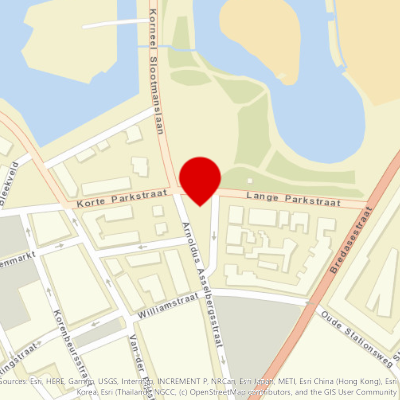
German Tank Barrier Blocks
Along the water of the turf canal De Zoom, concrete blocks were placed on the orders of the Germans as a tank barrier.
Starting point:
bergen op zoom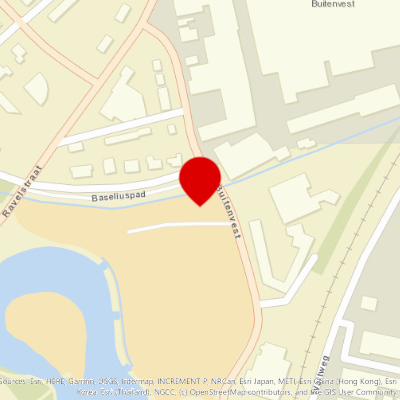
Canadian Cemetery
1119 soldiers found their final resting place on this cemetery. Most of these, 969, are Canadian soldiers. Half of the soldiers buried here died during the Battle of the Scheldt, between September and November 1944. The other bodies came from various muni
Starting point:
Ruytershoveweg 294622 RJ Bergen op Zoom

British Cemetery
This cemetery has 1284 graves. Most of the predominantly British casualties buried here are air force personnel who died over the Netherlands. There are also soldiers buried here who died during the amphibious landings on Walcheren in the autumn of 1944,
Starting point:
Ruytershoveweg4623 RE Bergen op Zoom
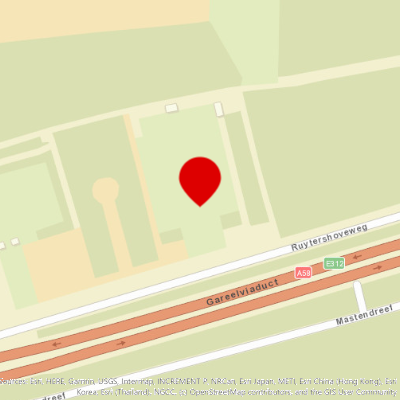
Nature Gate Wouwse Plantage
The Nature Gate Wouwse Plantage includes a spacious, carefully designed parking area, a zone arranged for art and an event meadow. From the Nature Gate you can walk or cycle straight into the forest.
Starting point:
Natuurpoort Wouwse PlantagePlantagebaan 227
4725 AC Wouwse Plantage
Navigate to endpoint

- 84
- 01
- 28
- 27
- 81
- 30
- 37
- 36
- 38
- 22
- 25
- 52
- 21
- 32
- 78
- 76
- 83
- 82
- 88
- 14
- 75
- 15
- 16
- 17
- 84
















